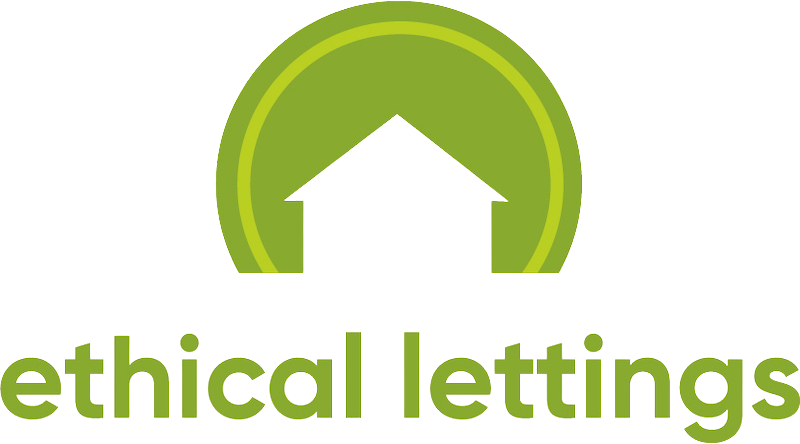Finding a decent place to live that doesn’t break the bank can be tough. If you’re looking for an affordable rental but don’t know where to start, social lettings might be worth checking out. It’s a system that helps people on lower incomes rent homes at prices they can actually manage. This article breaks down how social lettings works, who it’s for, and what steps you need to take if you’re thinking about applying. Whether you’re facing high private rents or just want more stable housing, understanding this option could make a real difference in your search for a home.

What is Social Lettings?
Social lettings is a way to rent homes at lower rates. These homes usually come from local councils or housing groups. The goal is to help people who earn less or face difficulty finding a place to live through the regular rental market.
Local authorities often manage these properties. Sometimes, they partner with housing associations. These organisations own and take care of the homes. They also decide who can move in based on need, income level, and other factors like disabilities or family size.
To understand how social lettings works, it helps to look at how someone gets one of these homes. People apply through their local council or directly with a housing group. After applying, they usually go on a waiting list. The wait time depends on where you live and how urgent your situation is.
The rent for social lettings is generally cheaper than private rentals in the same area. This makes them more accessible for those who cannot afford high monthly payments. Rent levels follow guidelines set by government policies, which aim to keep costs reasonable.
These homes vary in size and type – some suit single adults while others fit larger families. Most properties come with basic features but may not include extras like furniture or appliances.
Tenants sign agreements that outline their rights and responsibilities. They must pay rent on time, respect neighbours, and look after the property. In return, landlords handle repairs and maintain safety standards.
Many people use social lettings as long-term options when buying isn’t possible or private rentals feel out of reach financially.
Social lettings play an important role in offering reliable places to live without heavy financial pressure. For many households across different parts of the country, this system provides an option that fits both budget and daily needs better than other choices available today.
Who Qualifies for Social Lettings?
Figuring out if you can apply for social lettings starts with a few basic checks. One of the main things looked at is how much money you earn. People on lower incomes usually get priority because they may not be able to afford private rent. Councils and housing groups often ask for proof of income before making decisions.
Another thing that matters is your current living situation. If you’re staying in a place that’s too small, unsafe, or temporary – for example, sleeping on a friend’s couch or living in emergency housing – you might be seen as someone who needs help more urgently.
Where you live now also plays a role. Many councils give preference to people who already live in the area or have strong connections there, like family nearby or long-term employment within the local zone. This helps manage demand and supports local residents first.
Your personal needs count too. If you have health problems, disabilities, or care responsibilities that affect your housing options, these details will be considered during the application process. Some people may also qualify faster if they’re escaping harmful situations such as domestic abuse.
Age can sometimes affect whether you’re eligible as well. Some homes under social lettings schemes may only be available to older adults or specific groups like young parents.
Knowing how social lettings works gives you an idea of what’s involved when applying and what checks might come up along the way. Each council has its own rules, so it’s important to check their website or speak with someone directly to understand what applies where you live.
Being honest about your situation helps speed up the process and makes it easier for decision-makers to find something that fits your needs better than where you’re staying now.
How Social Lettings Works
It helps to follow the process from the beginning. It usually starts with joining a housing register. This is often managed by your local council or a housing association. You’ll need to fill out an application form, provide documents, and answer questions about your current living situation, income level, and household size.
Once accepted onto the register, you’re given a priority rating or band. This rating depends on your needs. For example, someone without stable housing may get a higher band than someone whose current home is just too small.
Next comes property bidding. Councils and housing providers list available homes each week through something called a choice-based lettings system. You can log in online or check bulletins showing what’s available. Each listing includes details like location, size, rent cost, and who can apply.
You then place bids on homes that match your needs and eligibility. Bidding doesn’t involve money – it’s simply expressing interest in specific properties before the deadline ends for that round.
If you’re among those with the highest priority for a home you bid on – and meet all criteria – you might receive an offer of tenancy. When this happens, you’ll usually be invited to view the flat or house before deciding whether to accept it.
If you turn down several offers without good reason, some councils may reduce your priority level or suspend bidding rights for a while.
The whole system is designed to match people with suitable homes based on urgency and need rather than speed alone. The more flexible you are about location or type of property, the better chance you have at receiving an offer sooner.
Applicants should keep their contact details updated so they don’t miss important messages about potential matches or changes in their status on the register.

Benefits of Choosing Social Lettings
Social lettings offer several clear advantages for people searching for a stable home. One of the biggest benefits is the lower rent. Compared to private rentals, social housing usually costs less each month. This can help tenants manage their money better and reduce stress related to bills.
Another important point is security. Many tenants in social lettings get longer rental agreements. That means they don’t have to worry about moving out every few months or dealing with short-term notices from landlords. Staying in one place for a longer time helps people feel more settled and gives them space to plan ahead.
Support services also play a big role in how social lettings works. Some housing providers offer extra help that goes beyond just giving someone a place to live. This might include advice on budgeting, access to health services, or help finding training or job opportunities. These services can make daily life easier and open up new paths for improving your situation.
Families especially benefit from this kind of setup because it allows children to stay in one school without having to move often due to rising rent or landlord changes. For older adults or those with health needs, staying in one home long term makes it easier to receive care and build connections nearby.
Social lettings also give people the chance to be part of a local area over time instead of constantly shifting between addresses. Building relationships with neighbours becomes easier when you’re not forced out by high prices or short leases.
Understanding how social lettings works shows why it’s often seen as a steady option for those who need reliable housing without constant change or financial pressure.
Making Sense of Social Lettings: A Step Toward Housing Stability
It’s a system designed to support those who need it most by offering secure and budget-friendly homes through local authorities or housing associations. We’ve looked at who qualifies, how the process operates, and the real-life benefits – like stability, lower rents, and community support. Whether you’re navigating housing challenges or just planning ahead, knowing your options can make all the difference. Social lettings could be your key to a more stable and manageable living situation.













